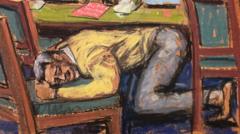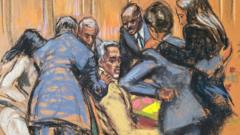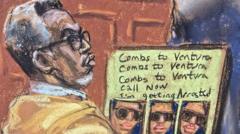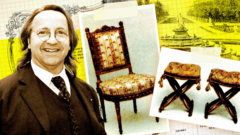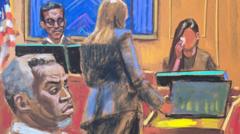French antiques scholars Georges "Bill" Pallot and Bruno Desnoues have been found guilty of orchestrating a forgery scheme involving historic chairs allegedly owned by French royalty. The convictions cap off a significant investigation that revealed the depth of deception within the antique trade, particularly in the high-stakes realm of royal artifacts.
French Antiques Experts Convicted in Historic Forgery Scheme
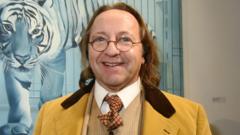
French Antiques Experts Convicted in Historic Forgery Scheme
Two prominent French antiques specialists sentenced for selling counterfeit royal chairs, shaking the antiques market.
In a courtroom in Pontoise, Pallot and Desnoues received four months of prison sentences along with suspended terms for their involvement in fabricating a series of 18th-century chairs, which had been sold to collectors, including the Palace of Versailles and a member of the Qatari royal family. Although they have completed their time in pre-trial detention, separate allegations against another individual, Laurent Kraemer, and his gallery were dismissed, as they were acquitted of negligence in authenticity checks.
The pair's notoriety stemmed from Pallot's esteemed reputation as an 18th-century chair scholar, with significant access to historical documentation from Versailles. With Desnoues’ craftsmanship, they produced convincing fakes, claiming a royal provenance. Prosecutors highlighted the need for stricter regulation in the antiquities market, revealing systemic flaws and intertwining interests between experts and merchants. The case reflects a broader trend of scrutiny in the French antique industry, following other instances of fraud that have surfaced in recent years.
The pair's notoriety stemmed from Pallot's esteemed reputation as an 18th-century chair scholar, with significant access to historical documentation from Versailles. With Desnoues’ craftsmanship, they produced convincing fakes, claiming a royal provenance. Prosecutors highlighted the need for stricter regulation in the antiquities market, revealing systemic flaws and intertwining interests between experts and merchants. The case reflects a broader trend of scrutiny in the French antique industry, following other instances of fraud that have surfaced in recent years.


